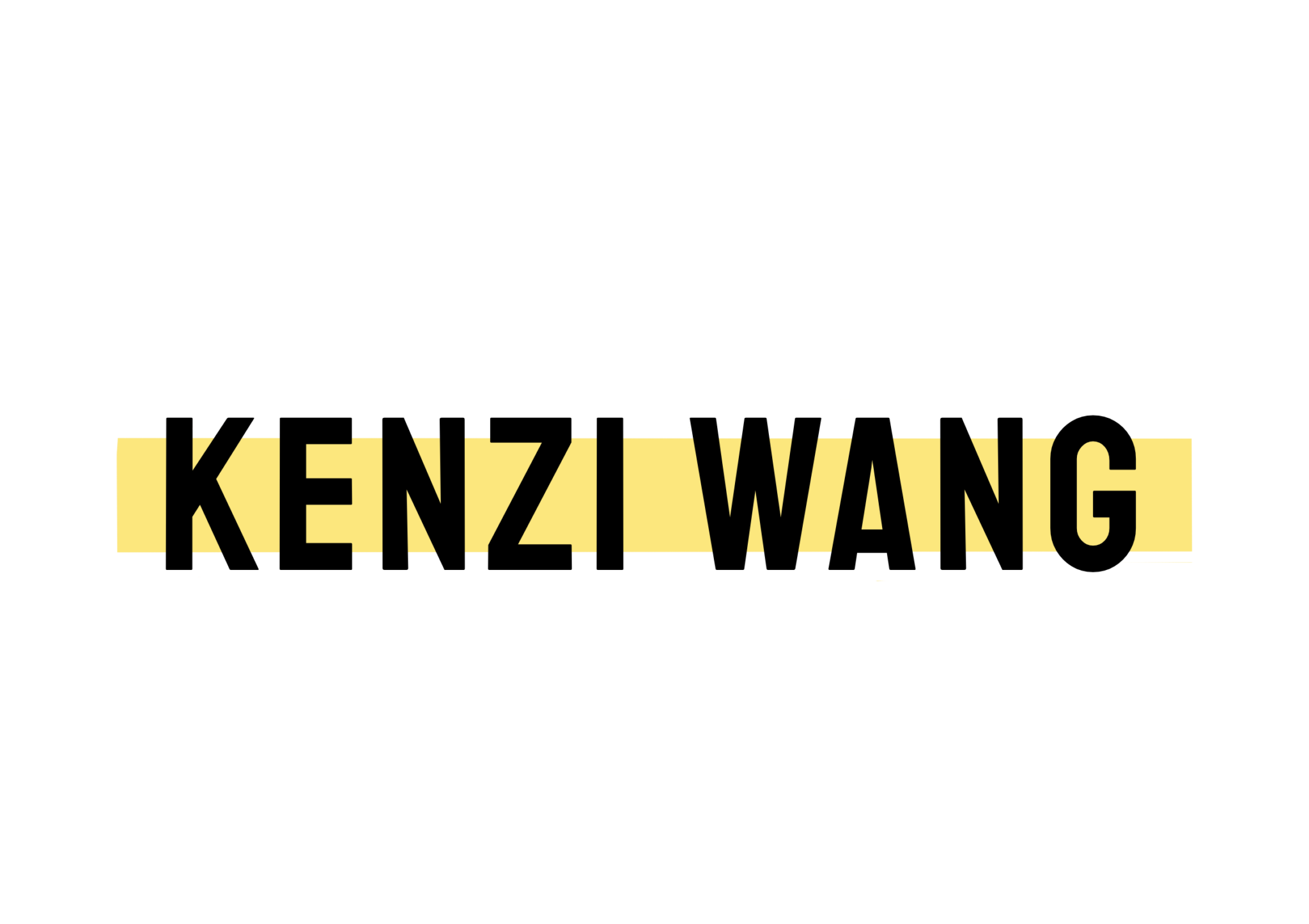In this episode of Web3 Unlocked,
Kenzi Wang speaks to
Sota Watanabe, Founder of
Astar Network, on being a Japanese founder in the crypto world, parameters that affect Web3 company valuations the most, the multichain future and the exciting new projects at Astar. Here are edited excerpts of the episode.
Before Sota Watanabe founded Astar Network in Japan in 2018, he studied information technology at the San Francisco State University in the US. He then worked at a blockchain startup, Chronicled, in the San Francisco Bay Area. After returning to Japan, he worked as a blockchain researcher at the University of Tokyo. But when Gavin Wood, the creator of Ethereum and Polkadot, visited Japan and talked about Web3, Sota decided to make Astar the Future of Smart Contracts for Multichain Hub on the Polkadot blockchain network.
Setting up Astar Network
Astar Network, headquartered in Singapore, has a decentralized team of 35 people spread worldwide. The company moved to Singapore because Japan is relatively not so ideal for crypto entrepreneurs.
“Japanese crypto markets and litigation are too strict for crypto entrepreneurs. Even though a founder, like me, is not selling any token, it will be taxed. You have to pay 30% tax just for holding it.”
Like many other Japanese crypto entrepreneurs, Sota felt that Singapore is the best place to develop blockchain and cryptocurrency projects due to its crypto-friendly policies. Singapore has a 20% cryptocurrency ownership rate compared to the global average of 15%.
Challenges in the Japanese Market
Despite being one of the biggest markets for crypto, the two major challenges for Japan are the language barrier and the tax. As one of the most populous countries in Asia, Japan’s population is 126 million, and only about 30% of the population has a good command of the English language. The crypto market is still developing in Japan, and the Japanese government is trying to develop regulations and guidelines that will help shape the crypto market in the country.
Finding Balance Between Centralized and Decentralized Systems
Sota mentioned that Decentralized systems have notable security benefits, such as resistance to third-party interference and eliminating a single point of failure. But he notes that 100% decentralization and distributed systems can have many drawbacks if ̵not correctly managed.
“There’s a need for a proper balance between centralized and decentralized systems, a method to avoid system overload and unanticipated failures. If the finance system is 100% distributed and decentralized globally, then elderly people like my mother and father will be left behind. They need a centralized system that works for them and gives them a safety net.” he says.
Strategies and Upcoming Developments in Astar Networks
Astar Network is focused on one parameter for success – valuation. After analyzing all Layer 1 blockchains like Ethereum, Solana, Polygon, and Avalanche, the company keeps track of the biggest projects on each platform, their TVL (Total Value Unlocked), and their impact on the multiplier. Valuation = TVL x Multiplier. According to Sota, the multiplier is about NFTs and marketing, while TVL is about DeFi. He says the reason Ethereum is highly valued is because it has thousands of DeFi and NFT use cases. There are a few projects on each blockchain platform that account for a large portion of the TVL. For example, on Ethereum, the top 10 projects account for nearly 80% of TVL.
“On Astar we are focused on building high TVL native projects. Our strategy is going well so far. ArthSwap with 90mn TVL is the biggest smart contract decentralized exchange on Polkadot and Astar. And Starlay Finance which is a lending protocol, reached a a 55mn TVL in 3-4 days and is getting bigger and bigger. We also have two stablecoins coming. And one of the great things about being a Japanese founder is that we have many IPs here that we can bring to NFTs. For example, Pokemon, Mario, Anime and Manga.”
According to Sota, below are the multipliers for some top blockchain platforms:
“The Astar ecosystem supports Ethereum, Polygon, Polkadot, WebAssembly, and ZK Rollups. We aim to be a multichain, multi-VM smart contract hub on Polkadot that connects multiple L1 blockchains. Recently, thanks to Octopus Network’s amazing work, the whole Cosmos ecosystem is going to connect with Polkadot through Astar. With a TVL of 700mn, Astar is a multichain platform that unlocks Web3 for web2 developers.”
The Multichain Future
The multichain ecosystem where several blockchains are interconnected is becoming a reality. However, a critical feature missing is the trustless bridge which is technically challenging. Interlay is making the trustless bridges between Polkadot and Bitcoin.
Parachains are custom, project-specific blockchains integrated within the Polkadot network. They can be customized for any use case and feed into the Relay Chain’s main blockchain. The Polkadot Relay Chain doesn’t provide smart contract capabilities as part of the tool. This is why the ecosystem needs to have a parachain that supports this function for all developers using the Polkadot ecosystem.
“We are making it easy for web2 developers to make applications for Web3 through our multichain smart contract hub, which is already connected to Polygon, Ethereum, and Polkadot. Developers can even use Solidity to deploy smart contracts on Astar. Connectivity to Solana and Cosmos blockchains is under development. Through all these connections, we can make new use cases in NFT and DeFi. We have WebAssembly which will enable next-generation smart contracts.”
About WebAssembly (WASM)
WebAssembly brings languages other than HTML, CSS and JavaScript to the browser. It’s not a JavaScript replacement. It’s a small, fast, efficient and secure stack-based virtual machine that is CPU or OS agnostic and is designed to execute portable bytecode at near-native speed. The
Bytecode Alliance, set up to create shared implementations of WebAssembly standards, now includes major players like
Intel,
Google and
Microsoft as well as
Mozilla and
Fastly — suggesting how widely WASM will be adopted
NFTs, Hiring and Fundraising at Astar Network
AstarPunks, Astar Degens, Astar Bots are some of the NFTs on the Astar Network. They all sold in under a minute. The potential of NFTs is massive and there is plenty of opportunity for synergy amongst the partners of these NFT collections.
Astar Network has raised over $24.4m from 16 investors.
Keisuke Honda and
GSR are the most recent investors. Among the other investors are – Binance, Alameda Research, Vessel Capital, ROK Capital, Animal Ventures, Polychain, Alchemy Ventures, Richard Ma and Gavin Wood.
“Sourcing talent is difficult, and you must find people who are a cultural fit. In the beginning, I had to fire people who weren’t the right fit culturally, and after that, the team grew. Great teams create great products; it is not about individuals. While my team handles most of the day-to-day work, I focus on long-term strategy and raising money. One of my main goals is to create a strong presence in the US market. We have to market ourselves well in the US. Another priority for Astar is to have a lot of native Defi and NFT services on the network, and this needs a lot of preparation time.”
Advice for Founders in Web3
While the basic principles of hard work and customer-centricity are common factors needed for success in both web2 and Web3; there is a need to have immense clarity in Web3.
“You have to have a clear vision and mission. You cannot get affected by the bull market or the bear market. A lot of people care about token prices and short-term goals, but they tend to fail. Your sole focus should be on creating a great product and if you can, you should try and work in an environment where people are driven by mission. One of the best decisions I took was to join Polkadot three years ago. Polkadot was not listed, the ecosystem was small and it was a great working environment.”
Belief in Web3
Web3 is still a relatively new technology, and there is plenty of room for growth and innovation. Blockchain will be a fundamental protocol in shaping Web3 because it will allow for secure, transparent, and tamper-proof transactions.
Furthermore, Blockchain could be used to manage the entire world’s supply chain, keep track of property ownership, or ensure the privacy of health records. Just about any type of data could be stored on a blockchain.
“Web3 is needed to create a transparent society. And I believe blockchain is going to be the fundamental protocol of Web3”
Here is a list of the selected time stamps on the different topics discussed during the podcast:
00:08- 3:37- Getting started in Web3 and Setting up Astar Network
02:31 – 9:03- Challenges of the Japanese Market
09:03 – 10:03- Finding Balance Between Centralized and Decentralized Systems
10:03 – 17:01- Upcoming Developments at Astar
17:01 – 19:44 – DeFi 2.0
19:44 – 21:15 – NFTs
21:15 – 28:29 – Strategy to grow Astar
28:29 – 35:47 – Hiring and Culture
35:47-43:42 – Investors in Astar and Expanding in new geographies
43:42-45:14 – Web Assembly
45:14 – 47:07 – Reach out to Sota Watanabe
47:07 – End – Belief in Web3




